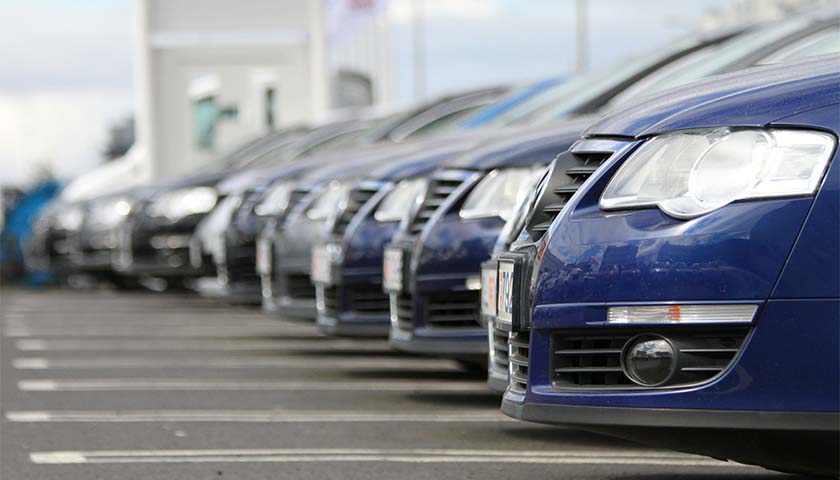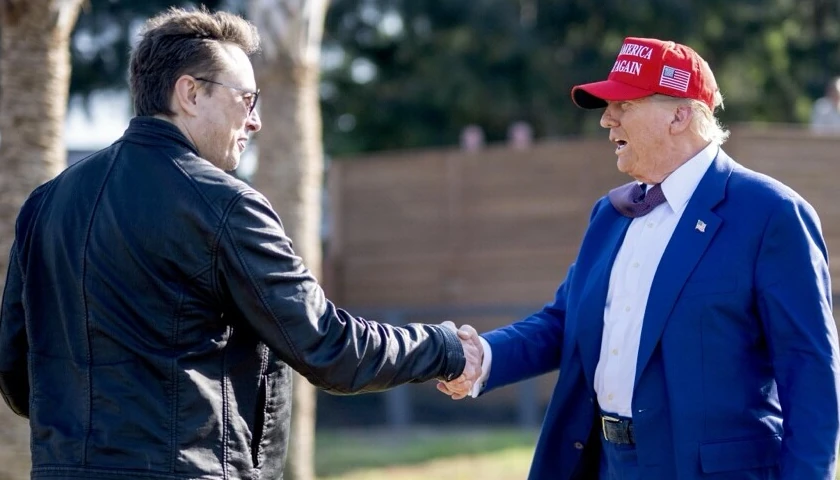by Bruce Walker
Michigan consumers considering the purchase of a new or used car or truck may be wise to put off replacing their current vehicle, according to University of Michigan-Flint Economics Professor Christopher Douglas.
An iSeeCars analysis of 1.8 million car sales in February 2022 concluded prices for used cars are up 35% nationally. In Detroit, used car prices were up 31%, or $7,442.77 over last year.
This spike in prices is in part due to a scarcity in new cars caused by the microchip shortage. However, Douglas told The Center Square the current rate of inflation in the United States and the Russian invasion of Ukraine are also contributing factors.
“Six months ago, I thought waiting until the chip shortage was resolved was the smart way to go,” Douglas said. “I think I have changed my mind,” he continued.
Douglas said the current rate of U.S. inflation – currently edging just under 8% –is proving a significant factor in the price of new and used vehicles.
“The chip shortage doesn’t appear to be ending anytime soon due to factors like the war in Ukraine disrupting raw materials used in chips,” Douglas said. “Plus, overall inflation is running so hot that if consumers wait until the chip shortage is over, inflation occurring during that time will offset what savings the chip shortage ending will bring. Thus, I think consumers are stuck. It is why inflation is such an insidious problem.”
iSeeCars Executive Analyst Karl Brauer concurs with Douglas’ analysis.
“Used car prices were projected to remain elevated for the rest of 2022 even before the Russia-Ukraine conflict,” Brauer told The Center Square. “Even after new car production stabilizes, which in the best-case scenario won’t be until the end of 2022, there will still be a backlog of people wanting to buy new cars. Used car prices won’t come down until supply catches up with demand, which will be when new car inventory is stabilized.”
Brauer recommends consumers hang on to their current vehicles.
“Right now, the best financial decision is to hold on to your vehicle for as long as possible,” he said. “That means even putting more money into it than you are comfortable with for repairs. Even the most economical subcompact used cars are up 50-60% higher than they were a year ago.”
Acknowledging his recommendation is not feasible for every household, Brauer continued: “If you do need a vehicle right now, you have to be patient and be flexible. You can expand your search radius, which will provide you with more options, and look for vehicles that aren’t the most popular vehicles in their segments.”
He also noted it could make good financial sense for those nearing the end of a lease to purchase the car. “Residual values are set at the beginning of the lease, so the buyout price will not reflect current market conditions,” he said.
Brauer explained the Russian invasion of Ukraine has significant repercussions to produce new cars and trucks.
“Russia is the third-largest producer of nickel in the world, and nickel is a key component for electric car batteries and stainless steel,” he said. “Palladium is used for catalytic converters and aluminum is used in many auto parts. Additionally, Russia is a significant supplier of semiconductor-grade neon gas, which is used to make computer chips.”
Brauer said another contributing factor is the insistence of automakers to prioritize production of their most expensive and profitable models rather than vehicles far less reliant on the microchips.
Federal regulations also are playing a part in vehicle costs, Brauer said. For example, he pointed out the Environmental Protection Agency is ratcheting up its mileage requirements for new vehicles, “which will raise the cost of producing and selling vehicles for many automakers not meeting the current standards,” he said.
Finally, he added: “The jump in pricing is almost all driven by growing demand and a lack of supply.”
– – –
Bruce Walker is a regional editor at The Center Square. He previously worked as editor at the Mackinac Center for Public Policy’s MichiganScience magazine and The Heartland Institute’s InfoTech & Telecom News.
Photo “Cars for Sale” by Helgi Halldórsson. CC BY-SA 2.0.





